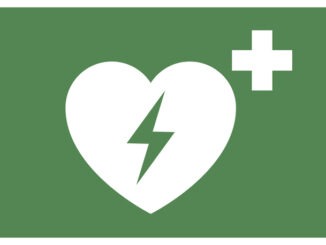
As the government launches the delivery of almost 20,000 defibrillators to schools across the UK, how can schools source additional defibrillators to support their local community?
Last year the government committed to supplying state-funded schools across England with defibrillators. The delivery of the first defibrillators marked the launch of over 20,000 defibrillators being supplied to almost 18,000 state-funded schools by the end of the academic year. There is also support for schools to purchase additional defibrillators available to the local community; external heated defibrillator cabinets will be provided to primary and special schools in areas where provision is lower.
For schools and other eligible settings that would like assistance with this, the Department for Education has negotiated with the NHS supply chain to negotiate an arrangement for schools to purchase defibrillators at a reduced cost. The package includes:
- One automated external defibrillator (AED).
- One adult and paediatric pad-pak (combined unit of battery and electrodes).
- One AED wall sign.
- One carry case.
- One user manual.
- One quick reference card.
- One training video.
- One AED prep kit (includes CPR face shield, clothing scissors, prep razor, gloves and towel).
It is entirely voluntary for schools to purchase an additional defibrillator and, if they choose to do so, there is no requirement to do so via the NHS supply chain but, should schools or other eligible settings choose to purchase a defibrillator from another supplier, they can look to the minimum specification for AEDs to help assess their needs and ensure that the defibrillator they plan to purchase represents a good value for money.
The minimum specifications states that:
- the device must be easily transportable in its case with all accessories;
- the device must have a water ingress protection rating of four or above;
- the device must be able to be stored at zero-to-40° C;
- the device must be able to operate at zero-to-40° C;
- the device must be able to operate at non-condensing relative humidity levels of 10–to-95%;
- the device must provide the ability for events to be time-stamped;
- the device must have a life expectancy of at least five years;
- replaceable batteries or power sources must have a life expectancy of at least two years once inserted into the defibrillator;
- the weight of the device, including the battery, case and standard accessories, must not exceed 4kg.
Schools may also consult their local ambulance service which can provide details of preferred models currently used in the local area.



Be the first to comment